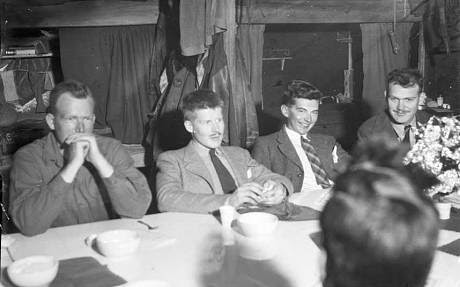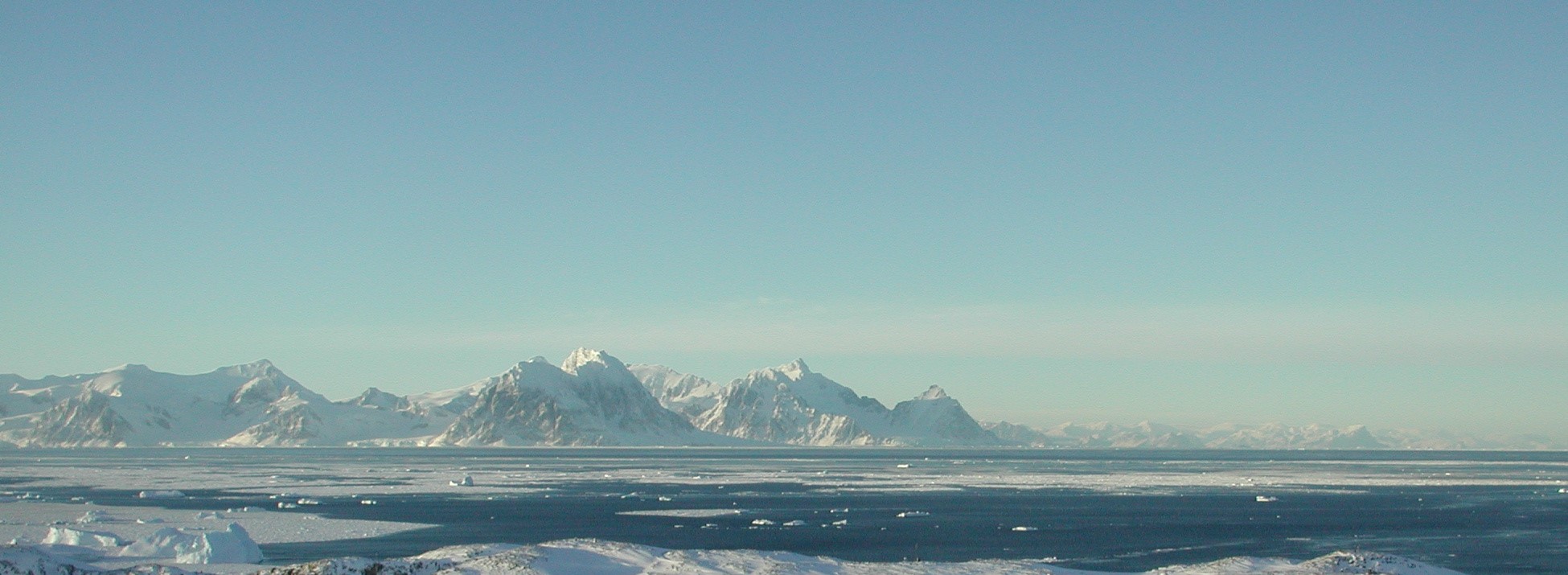
one sleeping bag, one inner bag and a tin of pemmican between the three of them. After surviving the first night and failing to attract the attention of a rescue aircraft with a flare, they decided to attempt to cover the 70 miles to base on foot. On the first day they travelled 10 miles, but then the snow set in. For the next few days they averaged only three or four miles a day, hauling their few belongings on a “sledge” improvised from the aircraft’s fuel tank, taking it in turns to use the sleeping bag and eking out the pemmican. Then they were hit by a ferocious gale which saw them huddling together in the tiny tent for three more days.
The gale was a mixed blessing, however, because when it abated it had scoured the sea ice and they were able to set off again. Seven days after their crash, they heard the welcome sound of an aircraft circling some miles away and decided to use their last flare to attract its attention. They were rescued by the American expedition’s Norseman aircraft. They were extremely tired and hungry, but otherwise largely unharmed.
During his first year, apart from his close shave with the Auster, his meteorological duties kept Stonehouse mainly at the base. In his second year he took part in two long dog-sledge journeys, under the direction of Vivian (later Sir Vivian) Fuchs, who had taken over command of the base.
On the second of these journeys, to survey the coast of Adelaide Island to the north-west, the party covered a total distance of 500 miles. Stonehouse had a few unpleasant moments when he and another member of the party with their sledge broke through thin sea ice and were plunged into the icy water.
By the time he returned to Britain to read Zoology and Geology at University College, London, in 1950, Stonehouse had already carried out a pioneering piece of scientific research. The expedition to Adelaide Island had made the exciting discovery of an emperor penguin “rookery” on the Dion Islands, just off Adelaide’s south coast. At that time, only two other such rookeries were known.
